Category: Opinion
Disclaimer: The opinions expressed in these texts are those of the authors and do not necessarily reflect the official policy or position of Nordiclarp.org or any larp community at large.
-

I’m Not Too Fat For Your Larp
in
So why do so many games still have atmospheres where people who are fat are mistreated? Where being fat marginalizes the positions you’re allowed to have?
-
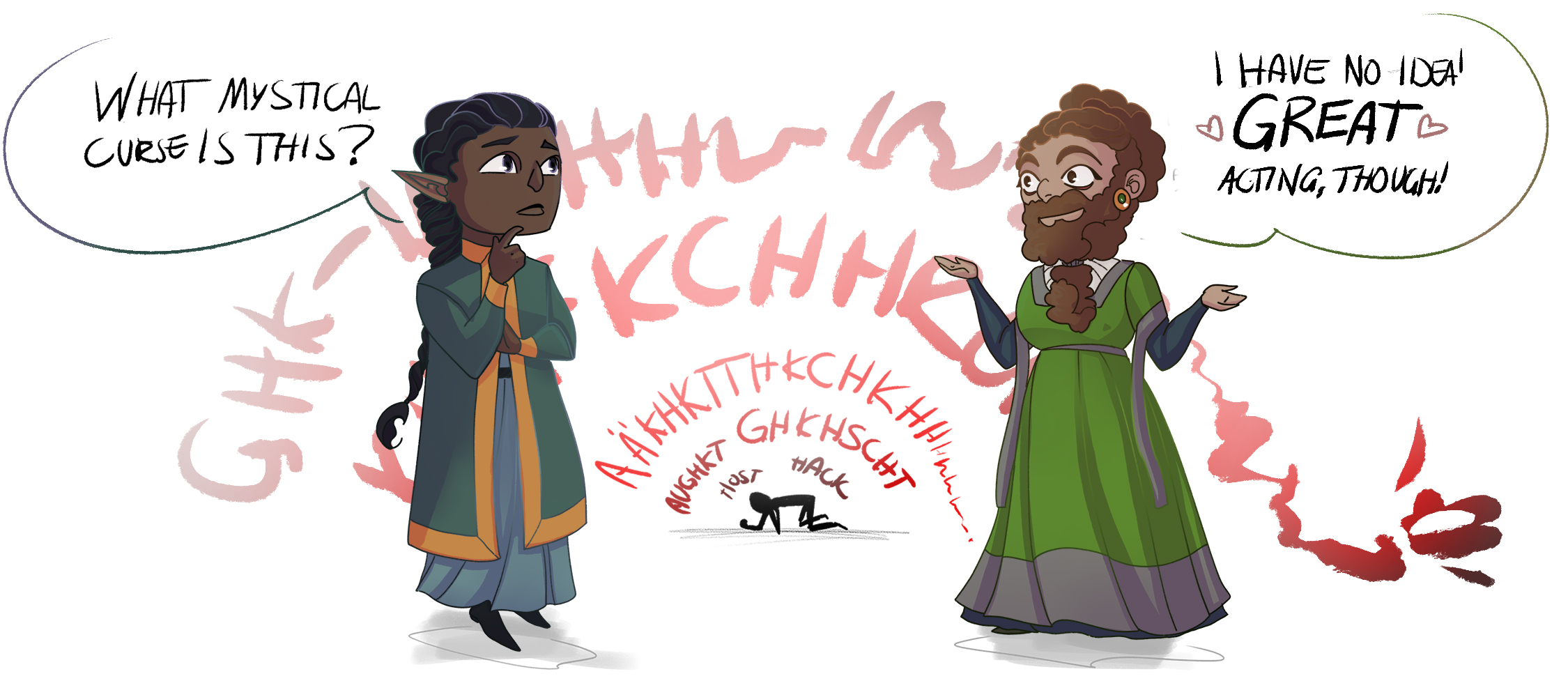
Bad Larp Design: Choking Hazard
in
When someone seems to be choking or having difficulties breathing at a larp, you should always assume the situation is real and go to their immediate aid. Designers should never, ever design larp mechanics that require participants to role-play that their characters have breathing difficulties or are, indeed, choking.
-

19 Truths about Harassment, Missing Stairs, and Safety in Larp Communities
in
This article presents a Series of Truths about harassment, missing stairs, and community safety that exist in larp communities around the world.
-
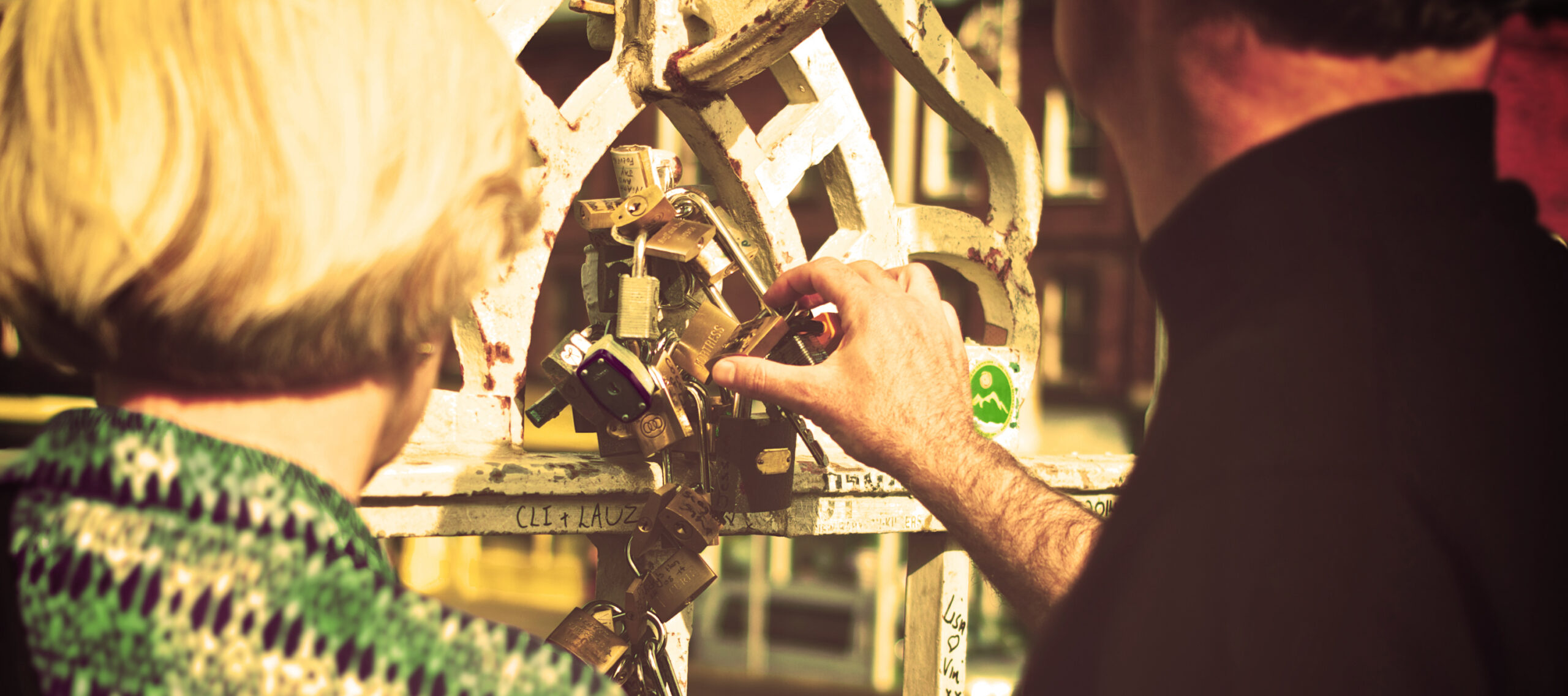
Reply to Martine Svanevik
in
Disclaimer: The opinions expressed herein are those of the authors and do not necessarily reflect the official policy or position of Nordiclarp.org or any larp community at large. This text is a reply to a response from Martine Svanevik to an earlier text by Charles Bo Nielsen. First thing I will address is the point
-

Response to Charles B. Nielsen
in
Disclaimer: The opinions expressed herein are those of the authors and do not necessarily reflect the official policy or position of Nordiclarp.org or any larp community at large. This text is a response to an earlier text by Charles Bo Nielsen. He has in turn written a reply to this text. I agree with many
-

Loyalty to Character
in
Ask not what you can do for your character, ask what your character can do for you? Charles Bo Nielsen looks at how we perceive and use characters in larp.
-
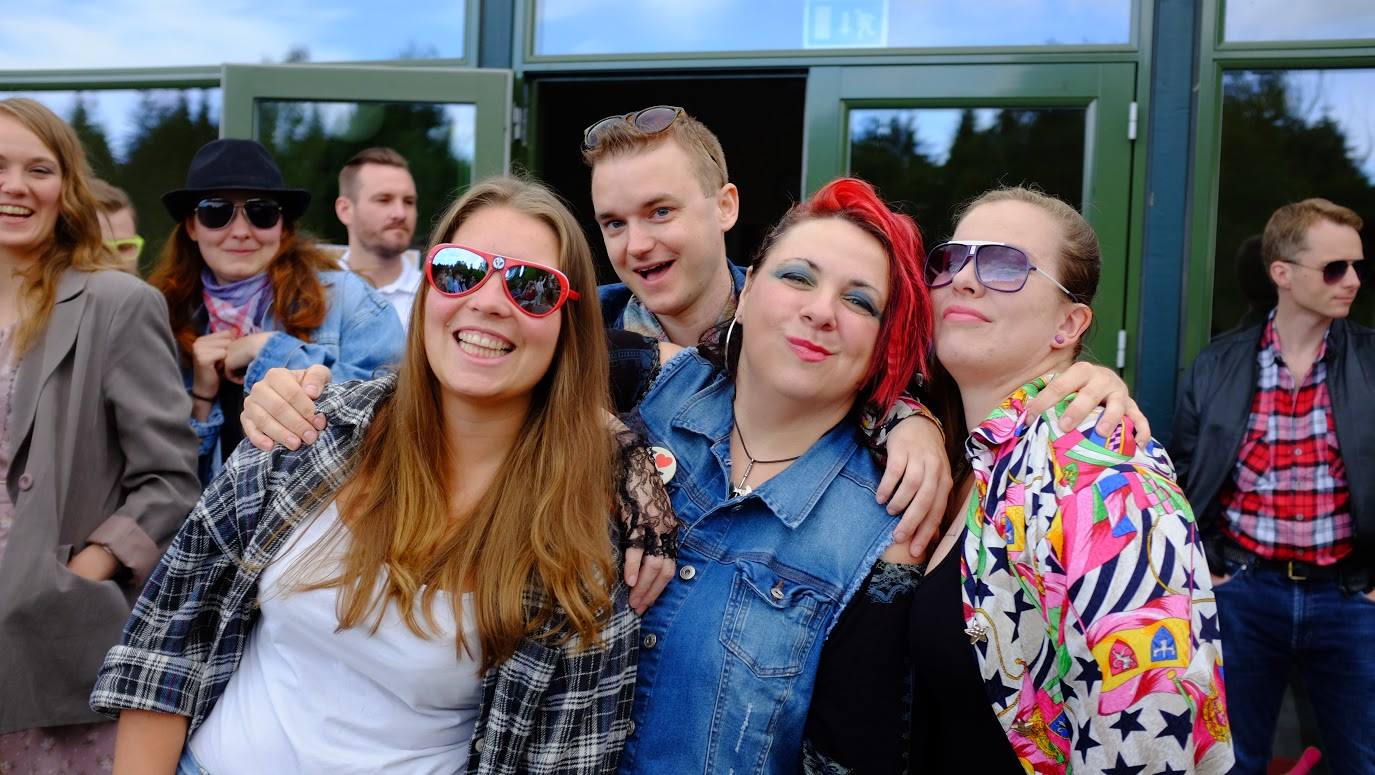
History, Herstory and Theirstory: Representation of Gender and Class in Larps with a Historical Setting
in
History can be an amazing source of settings for larp! Here are some ways to make sure you’re doing justice to the underprivileged of the past and of today.
-
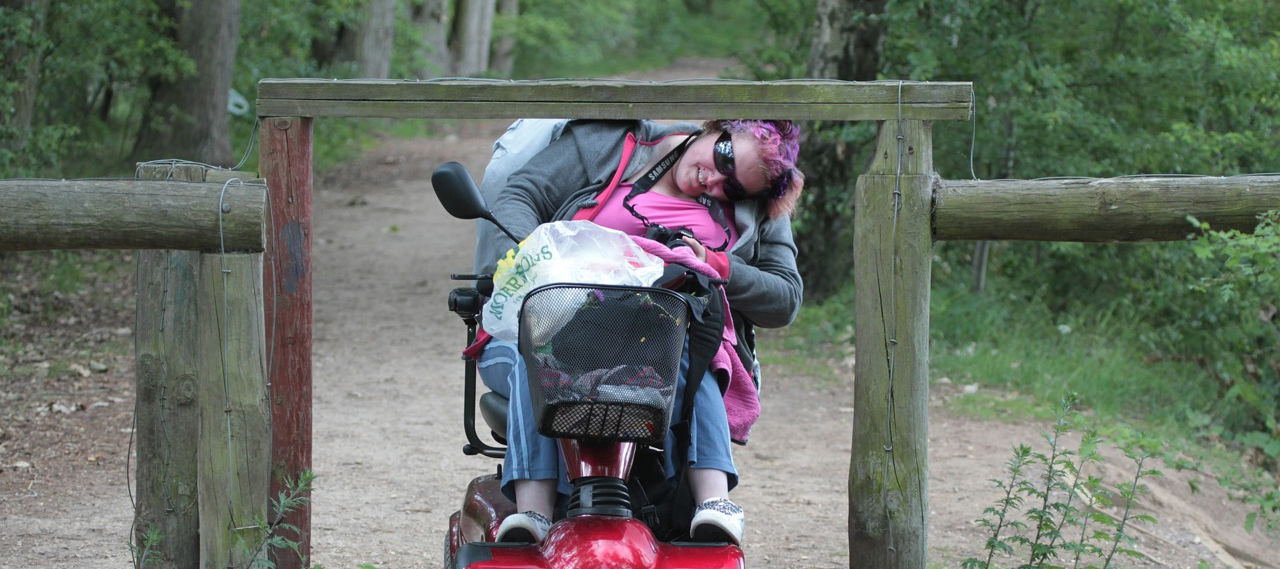
The Absence of Disabled Bodies in Larp
in
How can we have our larps be inclusive for disabled participants? Shoshana Kessock explores ableism and solutions for larp designers and communities.
-
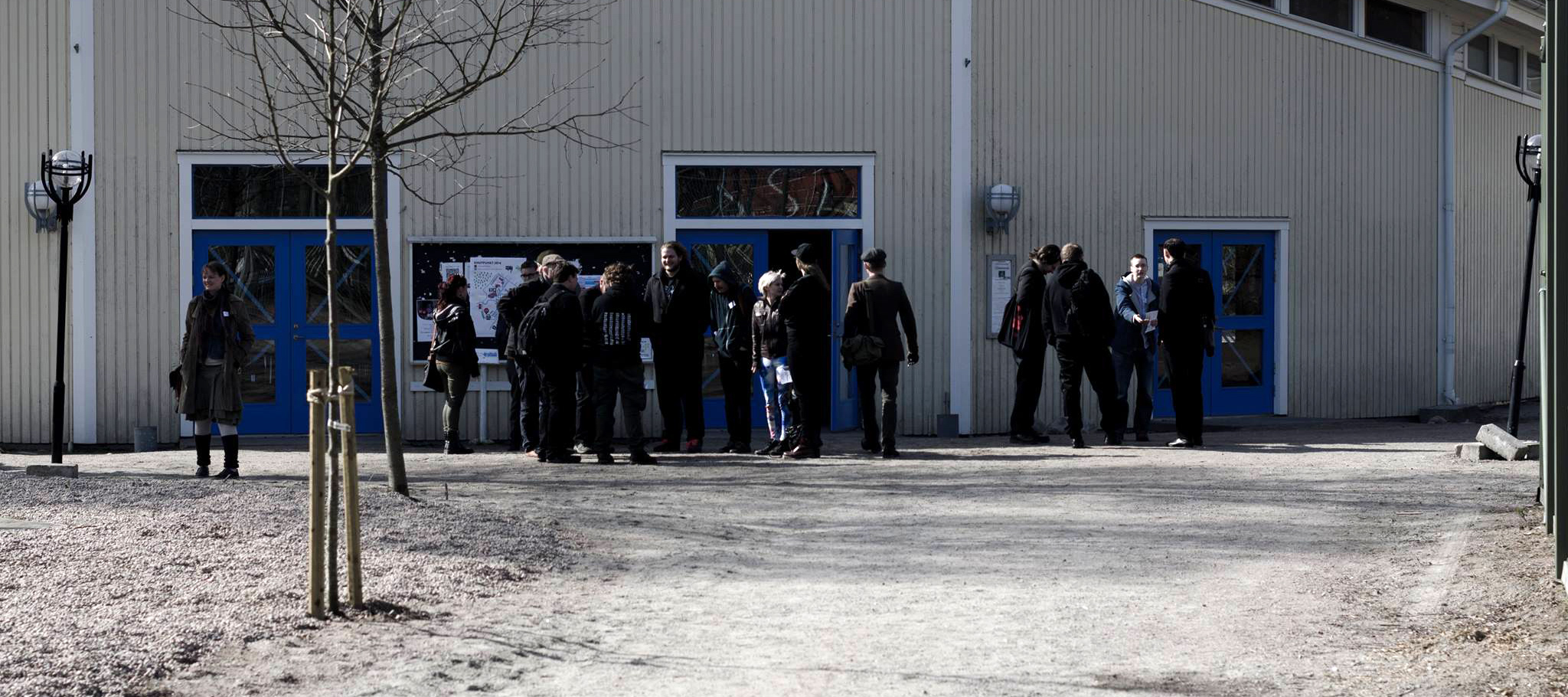
There Is No Nordic Larp – And Yet We All Know What It Means
in
Disclaimer: The opinions expressed herein are those of the authors and do not necessarily reflect the official policy or position of Nordiclarp.org or any larp community at large. “Nordic larp is like porn. I know it when I see it.”((Adaptation of a quote by United States Supreme Court Justice Potter Stewart (1964) )) Ten years
